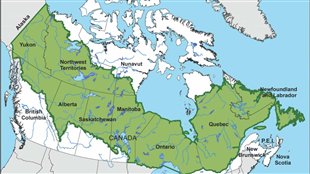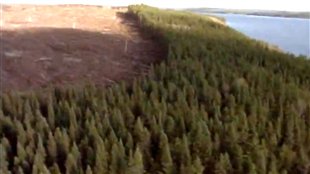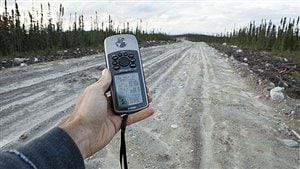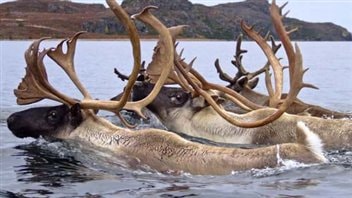The boreal forest in Canada stretches from the Yukon, across the northern sections of the provinces right across to Newfoundland in the Atlantic.

© IBCSP website
This week, a group of international scientists is calling for 50 per cent of Canada’s boreal forest to be protected from any type of development. Their plan was released in a report released today at the International Congress of Conservation Biology in Baltimore, Md.
Dr Jeff Wells is the senior scientist for the International Boreal Forest Campaign; Science and Policy Advisor for Boreal Songbird Initiative, and co-author of the report from the International Boreal Conservation Science Panel
Listen

The boreal area in Canada comprises some 5.8 million square kilometres of forest, but for the past several decades it has been under ever- increasing threat from logging, and development, in addition to vast losses from the pine beetle.
An international panel of scientists say conservation of this resource is vital to preserve ecosystem services like capturing and storing CO2 and cleaning surface freshwater.
In addition to providing homes to billions of birds and animals, it is home to some of Canada’s most iconic wildlife, including bear, moose, caribou, beaver and wolves.

air, as logging companies leave a swath of forest
along the edges of roads and waterways
© Richard Desjardins- L’Erreur Boreale
Canada’s boreal forest is the largest remaining intact forest on earth and is one of only five major forest regions globally that still contain significant portions unscathed from development.
In fact, just three countries, Canada, Russia and Brazil, contain over 60 percent of the world’s remaining intact forest, and all are facing development and logging pressure.
According to the IBCSP report, Canada’s forest contains the highest levels of carbon storage of any terrestrial ecosystem
It also has more surface freshwater than any other forest ecosystem globally in its lakes, rivers and wetlands

showing what it says is proof of logging
in areas prohibited by the Canadian Boreal
Forest Agreement, including this logging
road it says is 20 kilometres beyond the
boundary agreed to in the deal.
© Greenpeace-Francois Pesant
There are also some 600 Aboriginal communities scattered throughout the vast region, many of which still rely on traditional forms of sustenance.
The report says that water resources in the boreal region have great influence on global climate.
The wetlands and peatlands store an estimated 147 billion tonnes of carbon.
Also, fresh water flowing into northern seas is critical to forming sea ice, which cools the atmosphere.
The report says continued overexploitation and degradation of the resources in the boreal region will have great consequences for climate cycles, nutrient cycles, and for many life forms and the people who depend on them.
This week’s report echoes many recommendations made by the Canadian Boreal Initiative, which negotiated a Boreal Forest Agreement with some 21 forestry companies.
Dr Jeff Wells estimates there is still about 70% of Canada’s boreal forest remaining from what would have existed about 100 years ago.

forest, depend on vast undisturbed areas and their
numbers have dropped dramatically as forests are
reduced
© Canadian Caribou Initiative-Valerie Courtois
However, only 12 percent of this forest has some sort of protection at present.
This, say the scientists is not enough.







For reasons beyond our control, and for an undetermined period of time, our comment section is now closed. However, our social networks remain open to your contributions.